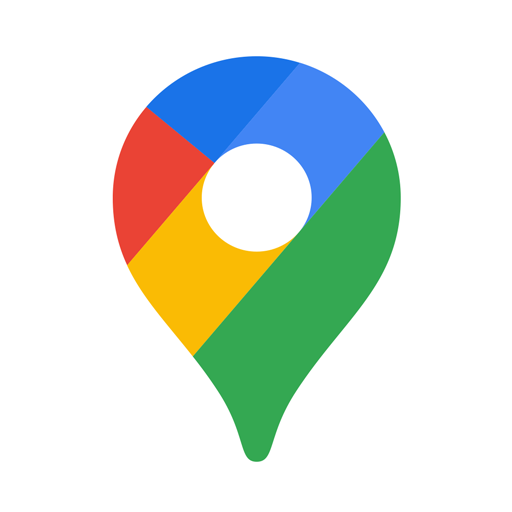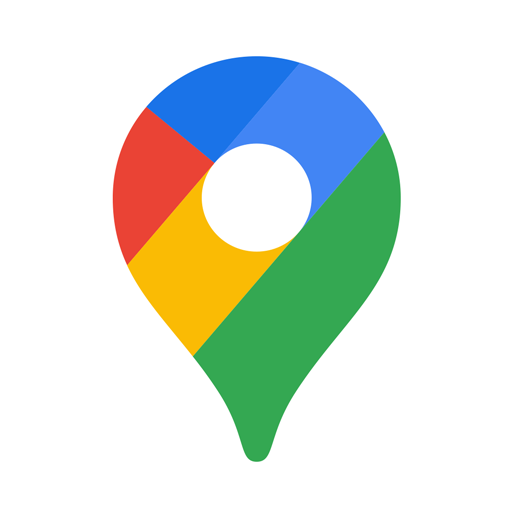
Img 2791 Ico.png
Google Maps: Revolutionizing Navigation and Exploration
Google Maps is more than just a navigation app; it’s an essential tool that has transformed how we explore and move around the world. From helping drivers avoid traffic jams to enabling virtual exploration of faraway places, Google Maps continues to set the standard for modern navigation. This blog will explore its history, features, tips, and future potential to show why it’s indispensable for millions worldwide.
The Evolution of Google Maps
Google Maps has come a long way since its launch in 2005 as a simple desktop mapping application. Initially designed to help users find driving directions, it quickly evolved into a robust platform for navigation and exploration. The advent of smartphones brought Google Maps to mobile devices, transforming it into an on-the-go solution for daily commutes, travel, and discovery.
Key milestones include:
- 2007: The launch of Street View, allowing users to virtually explore streets using panoramic imagery.
- 2012: Offline maps were introduced, enabling navigation without an internet connection.
- 2017: AI-powered features like route optimization and “Your match” recommendations made their debut.
- Recent Years: Google Maps integrated augmented reality (AR) navigation, indoor mapping, and real-time updates tailored to public transit users.
These innovations have made Google Maps a cutting-edge tool for modern navigation.
Key Features of Google Maps
Real-Time Traffic Updates
One of Google Maps’ standout features is its ability to provide real-time traffic updates. Using live data, the app identifies congestion points and suggests alternate routes to help users save time. Whether you’re commuting to work or taking a road trip, Google Maps ensures a smoother and more efficient drive.
Street View
Street View offers a unique virtual exploration experience. You can “preview” nearly any location with panoramic imagery, whether it’s navigating the streets of a foreign city or touring the interior of a museum. Travelers, real estate seekers, and curious users benefit greatly from this immersive perspective.
Offline Maps
For those heading to areas with limited or no internet coverage, Google Maps’ offline feature is a game-changer. Users can download maps of specific regions and access essential navigation tools without a data connection. This functionality is especially useful for adventurers traveling to remote destinations.
Public Transit Information
Google Maps caters to public transit users by offering detailed schedules, route options, and real-time updates on delays or service changes. Whether you’re planning a bus ride or navigating a subway system, Google Maps simplifies public transportation.
Recommendations and “Your Match” Scores
Looking for a new coffee shop or a place to dine? Google Maps provides curated recommendations based on your preferences, complete with “Your match” scores that predict how much you’ll like a venue.
Indoor Maps
Navigating large venues like airports, malls, and stadiums is no longer a headache with Google Maps’ indoor mapping feature. You can easily locate shops, gates, or amenities within these expansive spaces.
Tips and Tricks for Maximizing Google Maps
Here are some pro tips to help you get the most out of Google Maps:
- Save Your Favorite Places
Create custom lists to save frequently visited spots or places you want to explore.
- Share Your Location
Use the real-time location sharing feature to keep friends and family informed of your whereabouts.
- Explore Nearby
Tap into the “Explore Nearby” feature to discover attractions, restaurants, and activities around your current location.
- Use Google Lens Integration
For those using AR navigation, point your phone at landmarks to access detailed information using Google Lens.
- Time Your Departure
Use the “Depart At” or “Arrive By” options to plan trips around optimal traffic conditions.
- Vote on Shared Lists for Outings
Planning a group outing? Shortlist venues and share them with friends so everyone can vote on their favorite.
The Future of Google Maps
Moving forward, Google is investing heavily in technologies like augmented reality and enhanced 3D mapping. Here’s a glimpse of what’s on the horizon:
- AR Indoor Navigation: Get precise indoor navigation with AR tools that help guide you through intricate layouts like multi-level shopping malls or airports.
- Smarter AI Predictions: AI could further improve route optimization and anticipate travel issues before they happen.
- Personalized Commutes: Enhanced customization will offer hyper-personalized routes and better integration with smart home devices.
- Sustainability Insights: With growing environmental concerns, Google Maps is already rolling out eco-friendly route options. Expect these to become more advanced, helping users make conscious, greener travel decisions.
The future of Google Maps promises to make navigation smarter, safer, and more sustainable.
Why Google Maps Is Here to Stay
From its user-friendly interface to its innovative features, Google Maps has truly revolutionized navigation. Whether you’re planning a daily commute, a cross-country road trip, or virtual exploration, this app equips you with the tools to do it all seamlessly.
If you haven’t tapped into its full potential yet, now’s the time to explore everything Google Maps has to offer. Be it real-time traffic, Street View adventures, or offline maps for your next remote getaway, Google Maps makes navigating the world effortless and exciting.





